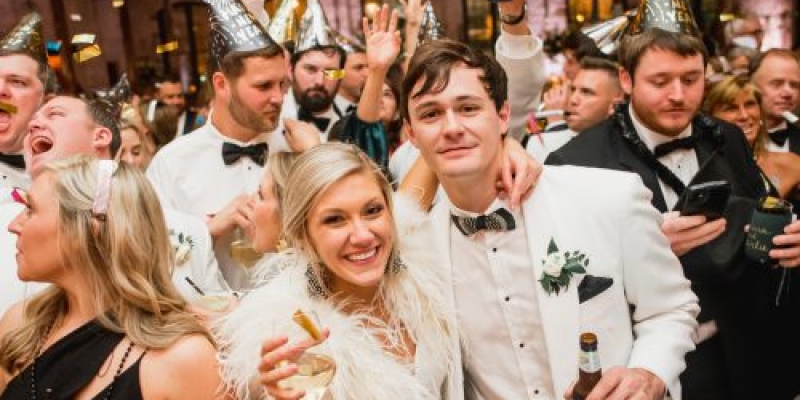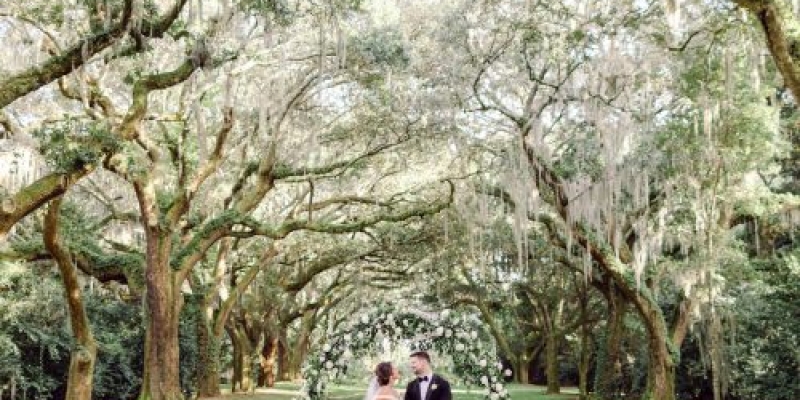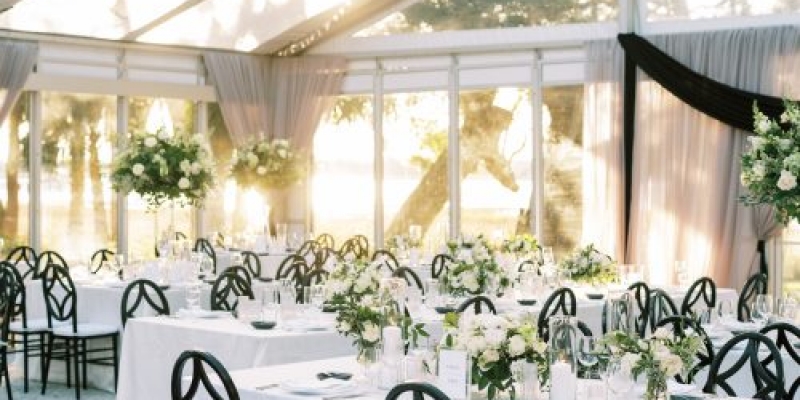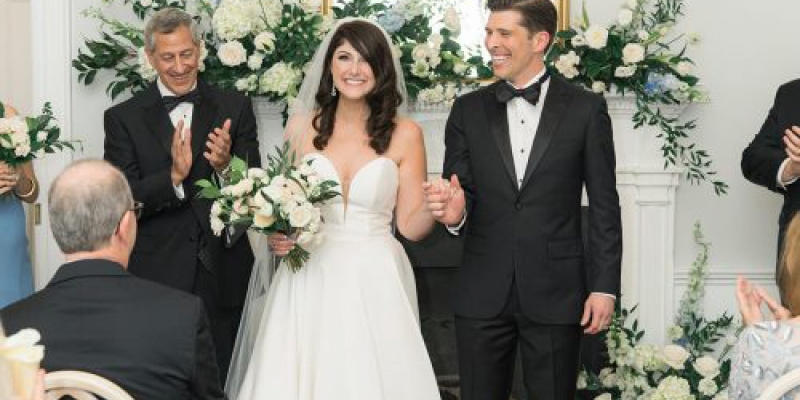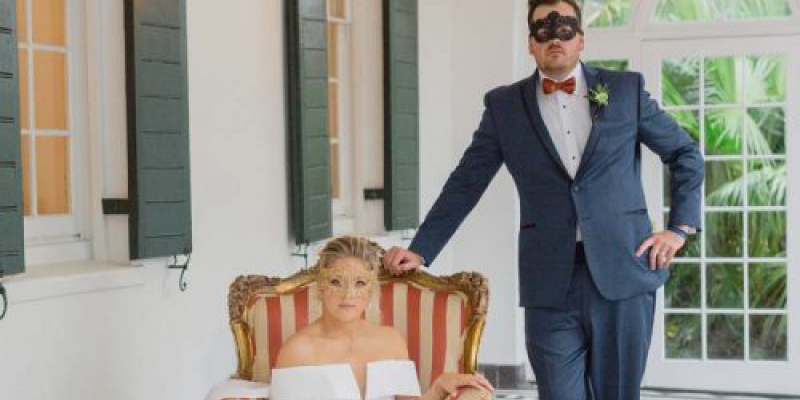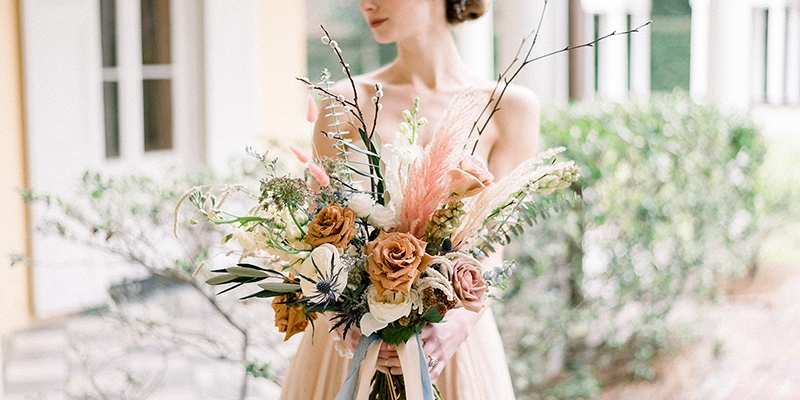A bride spends months orchestrating a flawless wedding. Details become her specialty: what color ribbon should be in the bouquet? What tie will complement the bridesmaids’ dresses? She has little control, however, over what her guests will arrive wearing. Marie Arnaud, a personal shopper at Saks Fifth Avenue, clarifies wedding day guidelines: “Clothes help make the day perfect; they don’t have to be fancy or expensive, just appropriate.”
Location, Location, Location: Perhaps the most telling hint of what to wear is the location of the ceremony. While a beach wedding might call for a sleeveless shift and sandals, you’d be wise to add a cardigan or pashmina in church, where it’s proper to cover your shoulders. And never underestimate the power of geography: Southern weddings tend to be more traditional than those, say, on the West Coast.
Timing Your Hem: Not all weddings require formal attire; cocktail or tea-length dresses are apropos any time of day, but a long dress is best for an evening wedding—one starting after six p.m.
Mom’s the Word: It might be helpful for the mothers of the bride and groom to consult one another to ensure that they’re wearing the same length dress; this will make the family pictures look well-balanced. The color they wear matters little, as long as they don’t clash with the rest of the wedding party.
No Nos: Always treat a wedding like the seminal occasion it is; never wear something you’d wear every day. Even if it’s a casual wedding, put thought into your appearance.
Perfectly Suited: Unless the wedding is black tie—or the invitation indicates otherwise—men should always wear a suit. In the winter, go for dark colors; for spring and summer ceremonies, branch out into lighter hues and don’t be afraid to try fabrics like linen or seersucker.
Photo Finish: In years to come, the couple will cherish their wedding photos. Ask yourself a question when you’re choosing what to wear: Do I really want to be immortalized in this?

